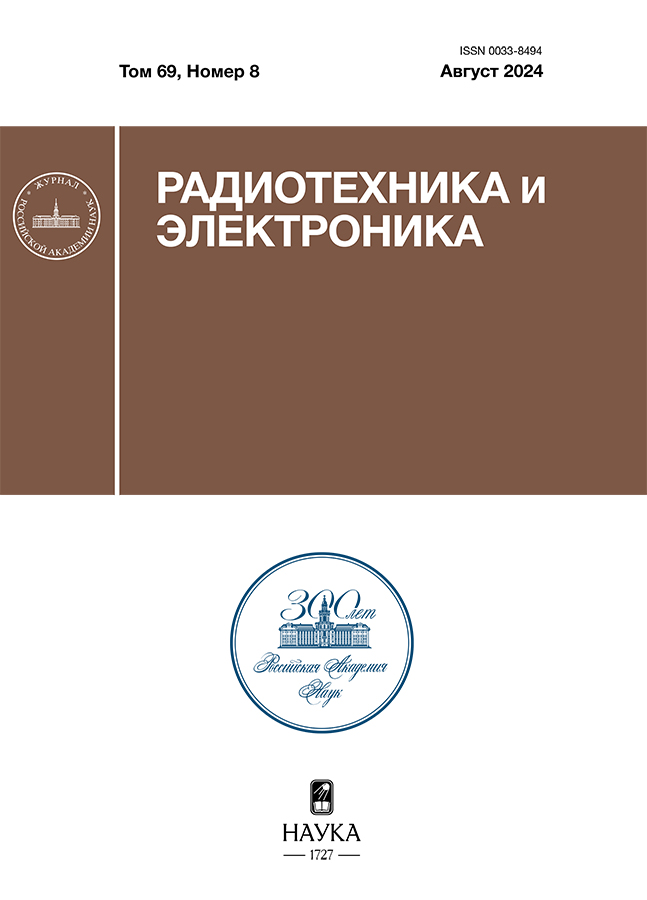Evaluation of the interference protection efficiency of an adaptive antenna array under the action of two-point coherent interference
- 作者: Yudin V.N.1, Savchenko D.A.2
-
隶属关系:
- Moscow Aviation Institute (National Research University)
- JS «Aeropribor-Voshod»
- 期: 卷 69, 编号 8 (2024)
- 页面: 792-801
- 栏目: К 90-ЛЕТИЮ М.С. ЯРЛЫКОВА
- URL: https://bulletin.ssaa.ru/0033-8494/article/view/684810
- DOI: https://doi.org/10.31857/S0033849424080093
- EDN: https://elibrary.ru/HOBKOO
- ID: 684810
如何引用文章
详细
The noise immunity of the adaptive antenna array (AAA) under the action of two-point incoherent and coherent noise interference (NI) was compared by the value of the interference reduction factor. On the example of navigation AAA it is shown that the attenuation levels of two-point coherent noise interference by the results of AAA adaptation are much lower than incoherent noise interference.
全文:
作者简介
V. Yudin
Moscow Aviation Institute (National Research University)
Email: danil.svch@yandex.ru
俄罗斯联邦, Volokolamskoye Highway, 4, Moscow, 125993
D. Savchenko
JS «Aeropribor-Voshod»
编辑信件的主要联系方式.
Email: danil.svch@yandex.ru
俄罗斯联邦, str. Tkatskaya, 19, Moscow, 105318
参考
- Van Trees H. Optimum Array Processing. N.Y.: Wiley-Intersci., 2002.
- Монзинго Р.А., Миллер Т.У. Адаптивные антенные решетки: Введение в теорию / Пер с англ. М.: Радио и связь, 1986.
- Глонасс. Принципы построения и функционирования. 3-е изд. М.: Радиотехника, 2005.
- Харисов В.Н., Ефименко В.С., Оганесян А.А. и др. // Радиотехника. 2013. № 7. С. 132.
- Вейцель А.В., Вейцель В.А., Татарников Д.В. Аппаратура высокоточного позиционирования по сигналам глобальных навигационных спутниковых систем: высокоточные антенны. Специальные методы повышения точности позиционирования / Под ред. М.И. Жодзишского. М.: МАИ-ПРИНТ, 2011.
- Марков Г.Т., Сазонов Д.М. Антенны: учебник для студентов радиотехнических специальностей вузов. 2-е изд. М.: Энергия, 1975.
- Юдин В.Н., Волков А.М. // Электросвязь. 2020. № 12. С. 50.
补充文件
















